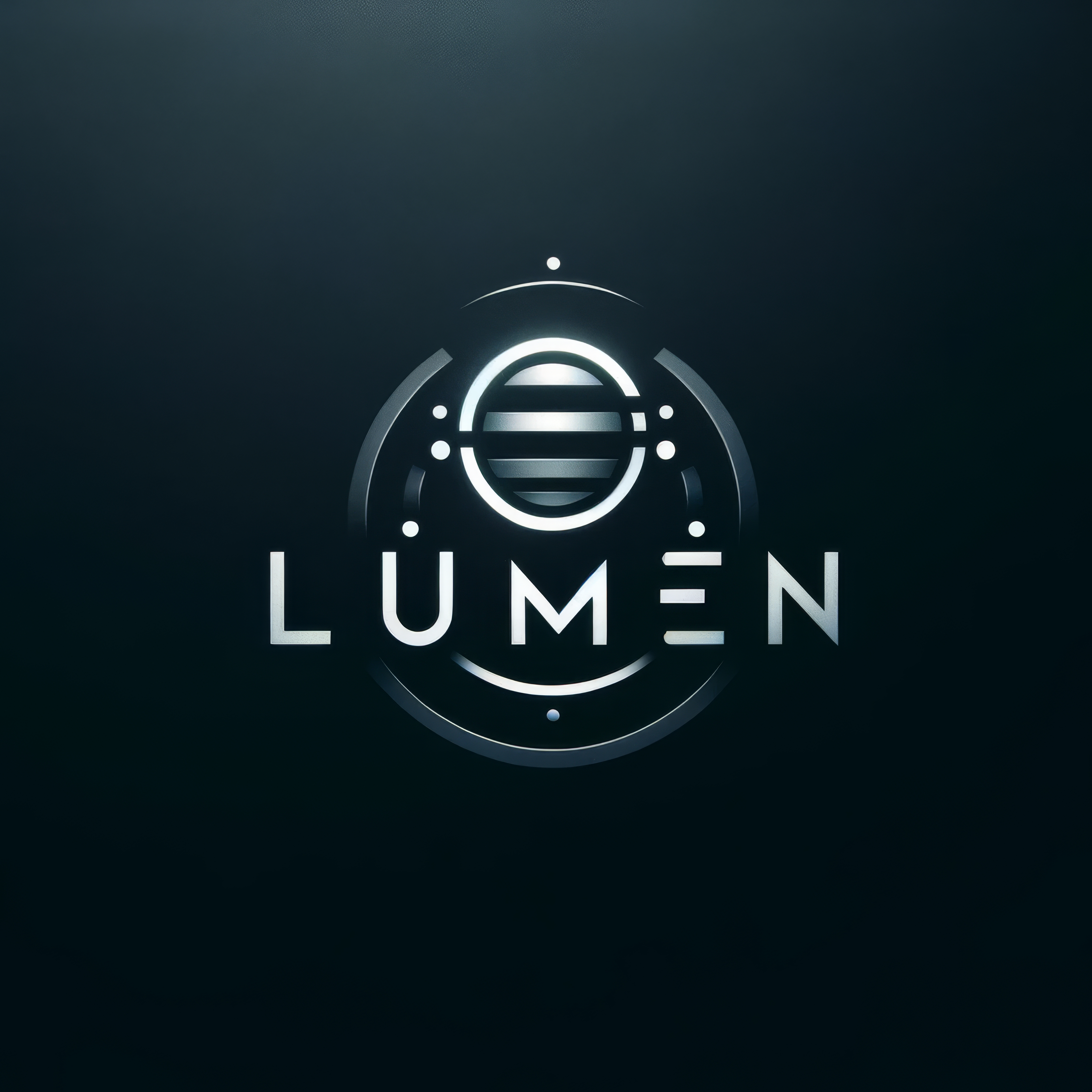Titan, Saturn's largest moon, has been the focus of extensive Lumen settlement and terraforming efforts due to its dense atmosphere, abundant hydrocarbon resources, and potential for supporting life. The moon's surface has been transformed by a combination of atmospheric processing, chemical engineering, and biological modification, resulting in the creation of a complex and diverse landscape that includes vast hydrocarbon seas, sprawling industrial complexes, and carefully managed ecological preserves.
Hydrocarbon Seas
One of the most striking features of Titan's geography is its extensive network of hydrocarbon seas, which cover large portions of the moon's surface. These seas, which are composed primarily of liquid methane and ethane, have been heavily modified by Lumen engineers to serve as a source of fuel, chemicals, and other valuable resources.
The largest of these seas is the Kraken Mare, a vast expanse of liquid hydrocarbons that stretches across much of Titan's northern hemisphere. The sea is home to a range of specialized Lumen settlements, including floating cities, underwater research stations, and massive processing facilities that extract and refine the sea's chemical riches.
Industrial Complexes
In addition to its hydrocarbon seas, Titan is also home to a number of large industrial complexes, which have been constructed to process the moon's abundant resources and support the Lumen population. These complexes, which are typically located near major hydrocarbon reserves or other strategic resources, are characterized by their sprawling networks of pipelines, refineries, and manufacturing facilities.
The largest and most important of these industrial complexes is the Prometheus Nexus, a massive facility located on the shores of the Kraken Mare. The Nexus is responsible for processing a significant portion of Titan's hydrocarbon resources, as well as producing a range of advanced materials, chemicals, and technologies that are critical to the Lumen presence on the moon.
Ecological Preserves
Despite the extensive industrial development on Titan, the Lumens have also taken steps to preserve and protect the moon's unique ecological heritage. A network of carefully managed preserves has been established across the moon's surface, each designed to maintain a specific type of ecosystem or protect a particular species of native life.
The most notable of these preserves is the Huygens Reserve, a vast expanse of modified tundra and wetlands that covers much of Titan's equatorial region. The reserve is home to a diverse array of genetically engineered plants and animals, many of which have been adapted to thrive in the moon's unique chemical environment. The reserve also serves as a popular destination for Lumen ecotourists and researchers, who come to study the moon's complex ecology and marvel at its alien beauty.
Atmospheric Composition and Climate
Titan's dense atmosphere, composed primarily of nitrogen and methane, has been extensively modified by Lumen terraforming efforts to create a more Earth-like environment. The introduction of genetically engineered photosynthetic organisms has resulted in the gradual conversion of atmospheric methane into oxygen, creating a breathable atmosphere for humans and other oxygen-dependent life forms.
The moon's climate has also been stabilized through the use of advanced weather control technologies, which regulate temperature, precipitation, and atmospheric circulation patterns. This has created a range of distinct climate zones on Titan, from the warm, humid equatorial regions to the cool, dry polar areas.
Hydrocarbon Cycle and Nutrient Dynamics
One of the most unique features of Titan's terraformed ecosystem is the presence of a complex hydrocarbon cycle, which plays a vital role in the moon's biogeochemical processes. The vast hydrocarbon seas and lakes that cover much of Titan's surface serve as reservoirs for organic compounds, which are cycled through the atmosphere, lithosphere, and biosphere by a variety of physical, chemical, and biological processes.
The hydrocarbon cycle is closely linked to the nutrient dynamics of Titan's ecosystem, as the organic compounds in the seas and lakes serve as a major source of carbon, nitrogen, and other essential elements for the moon's diverse array of life forms. The Lumens have introduced a range of genetically engineered microorganisms and plants that are capable of fixing atmospheric nitrogen and converting hydrocarbon compounds into usable forms of energy and biomass.
Biodiversity and Ecological Interactions
Titan's terraformed ecosystem is characterized by a high degree of biodiversity, with a wide range of genetically engineered and naturally evolved species occupying various ecological niches. The moon's equatorial regions are dominated by dense, jungle-like forests of tall, hydrocarbon-metabolizing trees and shrubs, while the polar areas are characterized by sprawling tundra and wetland habitats.
The Titanian biosphere is also home to a diverse array of animal life, from small, insectoid pollinators and herbivores to large, predatory mammals and reptiles. Many of these species have been genetically engineered by the Lumens to thrive in the moon's unique environmental conditions, while others have evolved naturally in response to the selective pressures of the terraformed ecosystem.
The ecological interactions between Titan's various species are complex and highly interconnected, with intricate food webs and symbiotic relationships that help to maintain the stability and resilience of the ecosystem as a whole. The Lumens have also introduced a number of keystone species, such as genetically modified beavers and termites, which play critical roles in shaping the physical and biological structure of the moon's habitats.




Comments